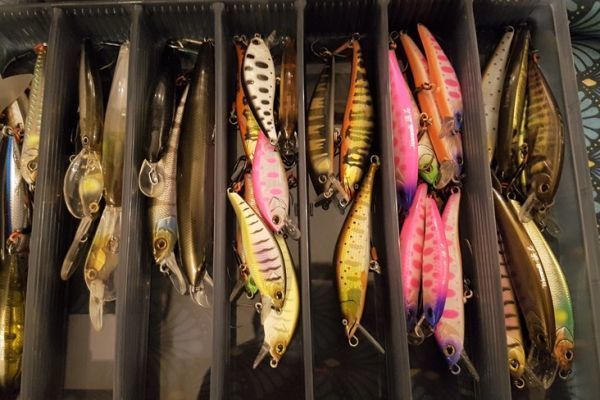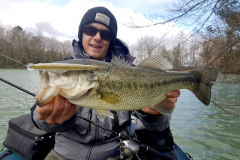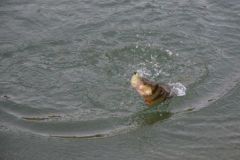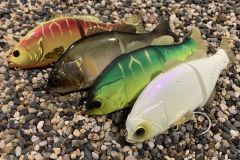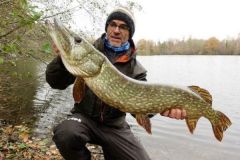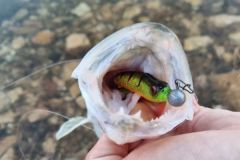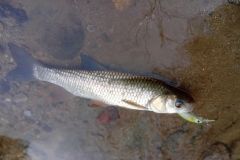Physical concept of density
Density (of a lure) is often confused with mass. Density is the ratio of the mass of an object to the volume of water. It is a unitless quantity. The density of water is 1. An object denser than water (density greater than 1) will sink, while a less dense object (density less than 1) will float.
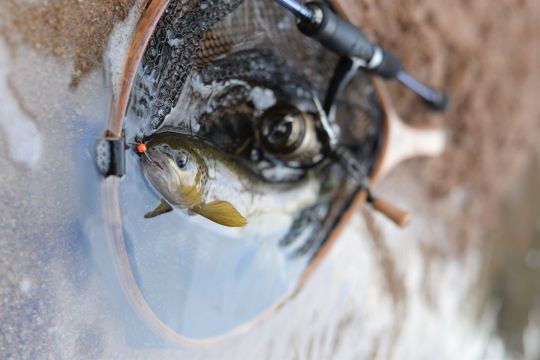
The quantity to be taken into account to determine the density of an object or a body is the density. Understand that density is related to the mass of an object, but also to its volume. The density of water is 1 g/cm3 or 1 kg/Liter or 1000 kg/m3.
Density can change at sea or with temperature
The more knowledgeable will note that the density of water (its mass volume) is not constant! In fact, several parameters influence the mass volume of water. When fishing, it is mainly salinity and water temperature that affect density.
In the sea, we have all noticed that it is easier to float than in fresh water. In the Dead Sea for example, whose water is saturated with salt, it is very difficult not to float. The salinity increases the density of the water. A lure that was suspending in fresh water generally becomes floating in the sea. You will notice that very few manufacturers venture to offer swimming fish for marine predators stamped suspending! It is indeed very difficult to have a perfectly suspending lure in the sea. It even varies depending on whether you are fishing in the Atlantic or the Mediterranean!
Another parameter is the temperature. The warmer the water, the more it expands, increases in volume and mathematically, the mass to volume ratio decreases. Warm water is less dense than cold water, which explains why surface water is often warmer than deep water. This also explains most ocean currents, no less! If this has little influence on fishing, some purists see it as an adjustment to be made in terms of lure presentation, especially on trout at the beginning of the season.
The sinking swimming fish
A sinking fish is a heavy lure with little volume. I insist on this notion of volume which is important. A lure can be very heavy but perfectly floating!
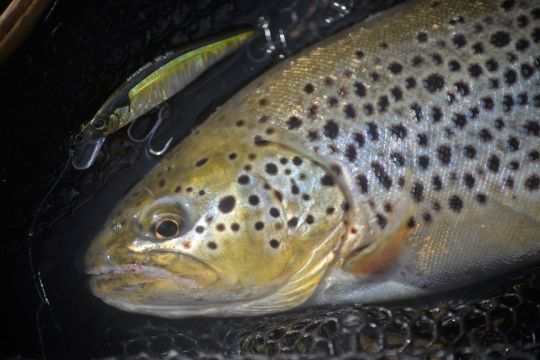
That's why many trout or sea lures are very weighted, but also compressed and flattened as much as possible to reduce the volume and make the lure dense and sinking well.
Floating lures
Floating lures are easy to design. It is enough to weight them little and it is not necessary to drastically optimize their volume. Their density is lower than that of water.
No matter if it's snowing or hot, these lures stay perfectly buoyant.
Hanging lures
It is a swimming fish that remains suspended in a given layer of water. It does not rise or sink when paused. However, it is possible that this property is affected by the parameters mentioned above.
In the sea, this has little impact on the presentation, in fresh water, it can affect the depth of presentation of the lure. This is the case especially at the beginning of the season on trout and rivers with a snowmelt regime where the water can be very cold. Unless you use dense sinking lures, there are several tricks to "adjust" your lures.
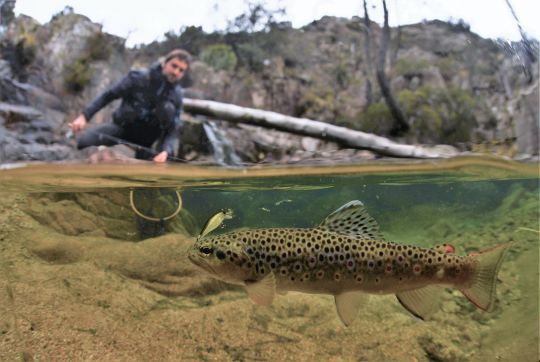
The first is to use tungsten pellets to glue or lead wire to tie around the belly loop of the swimmer fish. It is also possible to make the lure sink slowly for a perfect presentation.
Finally, you can play on the diameter of the line. Instead of fishing in 20/100 for example, it is possible to go down one diameter (18/100). In this way, the line will have less grip in the water and your swimming fish will evolve right in the desired water layer.

 /
/ 